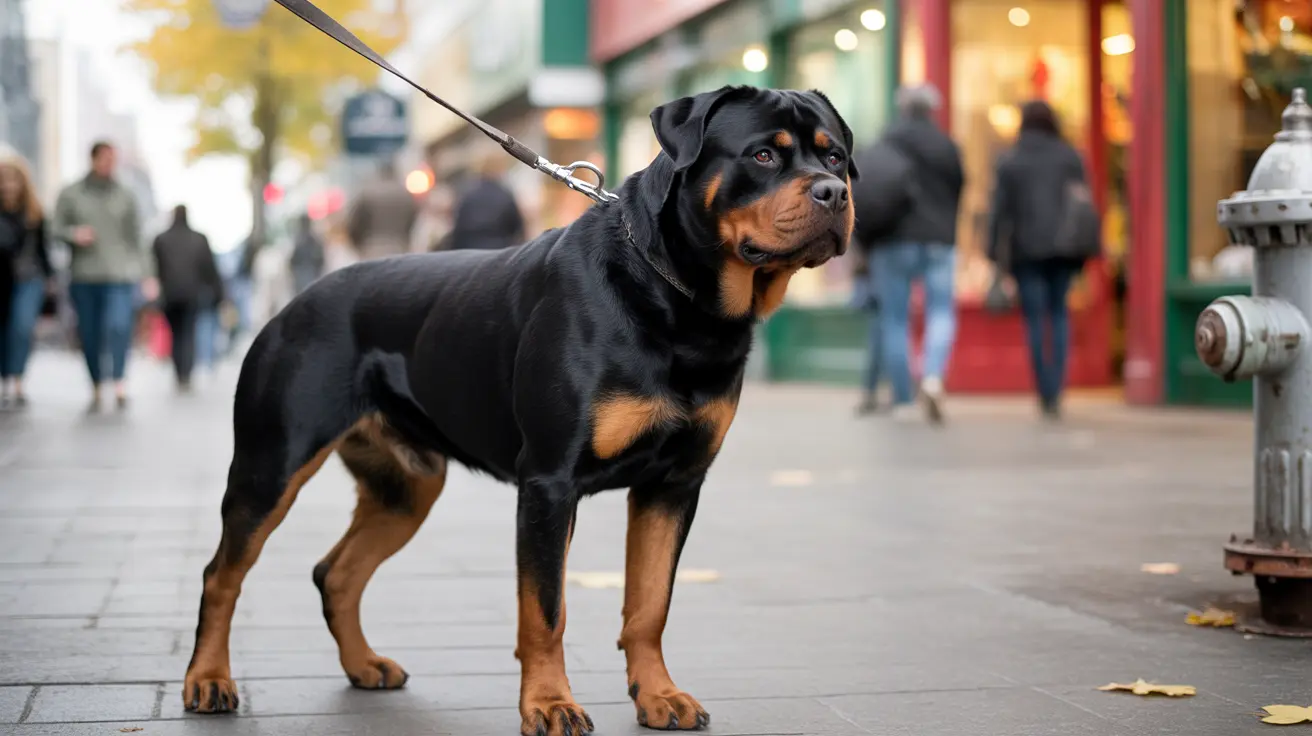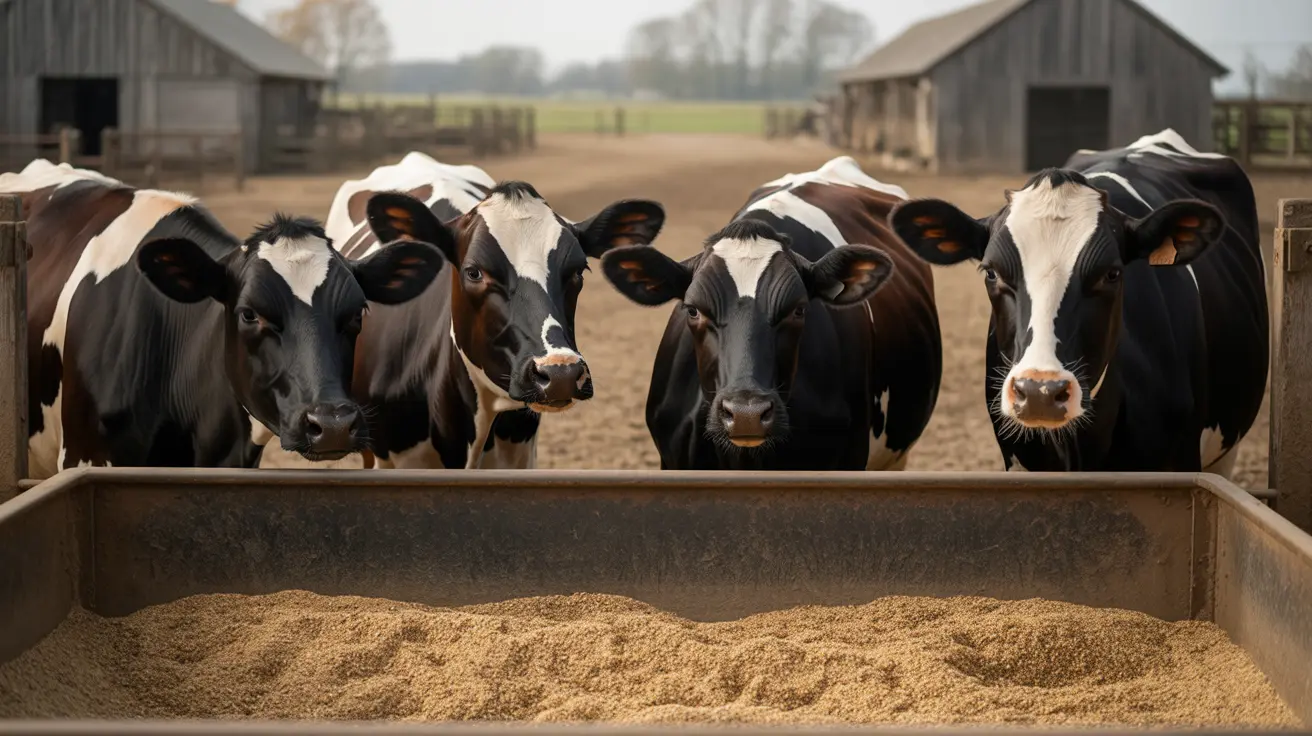Sporotrichosis in dogs is a rare but potentially serious fungal infection that demands immediate attention from pet owners and veterinarians alike. This condition, caused by the fungus Sporothrix schenckii, primarily affects the skin but can develop into a more severe systemic infection if left untreated. Understanding this disease is crucial for early detection and successful treatment.
While uncommon, this fungal infection typically occurs when dogs come into contact with contaminated soil, plants, or organic materials containing fungal spores. The infection usually enters through skin wounds or scratches, making outdoor dogs particularly vulnerable to this condition.
Common Signs and Symptoms
The initial signs of sporotrichosis in dogs often appear as small, firm bumps on the skin that may develop into open sores or ulcers. These lesions typically appear on the:
- Face and nose
- Ears
- Limbs and paws
- Areas with previous injuries or scratches
As the infection progresses, you might notice:
- Multiple nodules that can become ulcerated
- Draining tracts with discharge
- Crusty or scabbed areas
- Swollen lymph nodes near affected areas
Diagnosis Process
Veterinarians employ several methods to diagnose sporotrichosis accurately. The process typically involves:
- Physical examination and medical history review
- Microscopic examination of discharge from lesions
- Fungal culture tests (considered the gold standard)
- Tissue biopsy when necessary
- Blood tests to rule out other conditions
Treatment Options and Management
Treatment for sporotrichosis requires a comprehensive approach and typically includes:
- Long-term antifungal medication (usually itraconazole)
- Regular monitoring of liver function during treatment
- Treatment duration of 2-6 months or longer
- Possible surgical intervention for isolated lesions
- Supportive care and wound management
Prevention Strategies
While completely preventing sporotrichosis can be challenging, several measures can reduce your dog's risk:
- Promptly cleaning and treating any wounds or scratches
- Limiting exposure to potentially contaminated environments
- Regular inspection of your dog's skin for any unusual lesions
- Maintaining a strong immune system through proper nutrition
- Keeping your yard free from decaying vegetation
Zoonotic Considerations
It's important to note that sporotrichosis can spread from animals to humans. Take these precautions when handling an infected dog:
- Wear gloves when treating wounds or applying medication
- Wash hands thoroughly after contact with the infected area
- Keep infected dogs away from immunocompromised individuals
- Maintain good general hygiene practices
Frequently Asked Questions
What are the common symptoms of sporotrichosis in dogs and how is it typically diagnosed?
Symptoms include skin nodules, ulcers, and non-healing sores, typically on the face, ears, and limbs. Diagnosis involves physical examination, fungal cultures, and sometimes tissue biopsies to confirm the presence of Sporothrix schenckii.
How is sporotrichosis in dogs treated, and what medications are most effective?
The most effective treatment is long-term antifungal therapy, primarily with itraconazole, typically lasting 2-6 months. Treatment must continue for at least 30 days after clinical signs resolve to prevent relapse.
Can dogs transmit sporotrichosis to humans, and what precautions should pet owners take?
Yes, dogs can transmit sporotrichosis to humans, though it's less common than transmission from cats. Owners should wear gloves when handling infected areas, practice good hygiene, and seek veterinary care promptly.
How can I prevent my dog from getting sporotrichosis, especially if they spend a lot of time outdoors?
Prevention includes minimizing exposure to soil and decaying vegetation, prompt wound care, and maintaining good overall health. Regular skin inspections and keeping the yard clear of plant debris are also important.
What is the prognosis for dogs with sporotrichosis if they receive proper treatment, and are there any long-term effects?
With proper treatment, most dogs make a full recovery without long-term effects. The prognosis is best when the condition is caught early and treatment is followed completely. Untreated cases can become severe or potentially fatal.
Understanding and recognizing sporotrichosis in dogs is crucial for every pet owner. While the condition is rare, early detection and proper treatment are essential for a successful outcome. If you notice any suspicious skin lesions on your dog, particularly if they're slow to heal, consult your veterinarian promptly for proper diagnosis and treatment.






